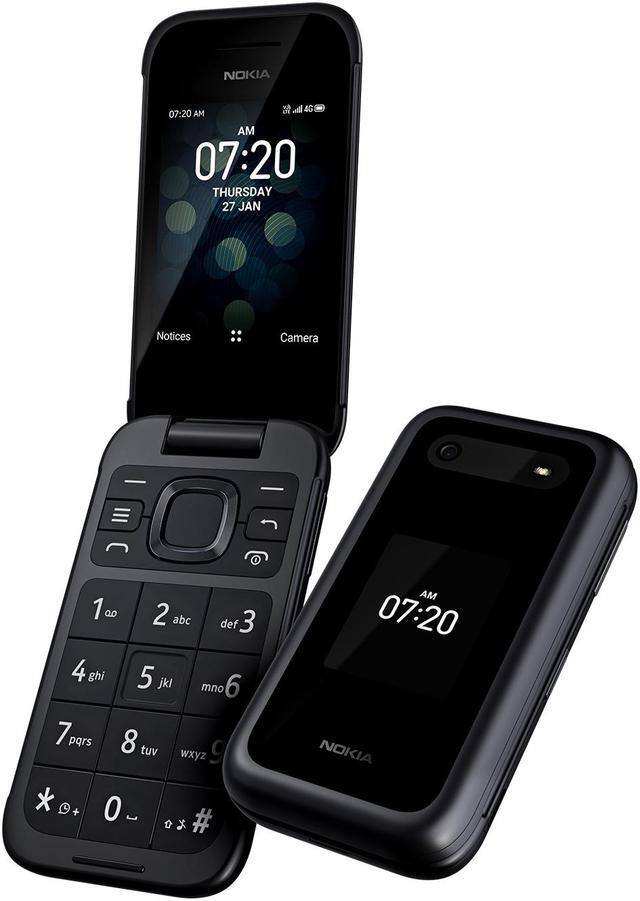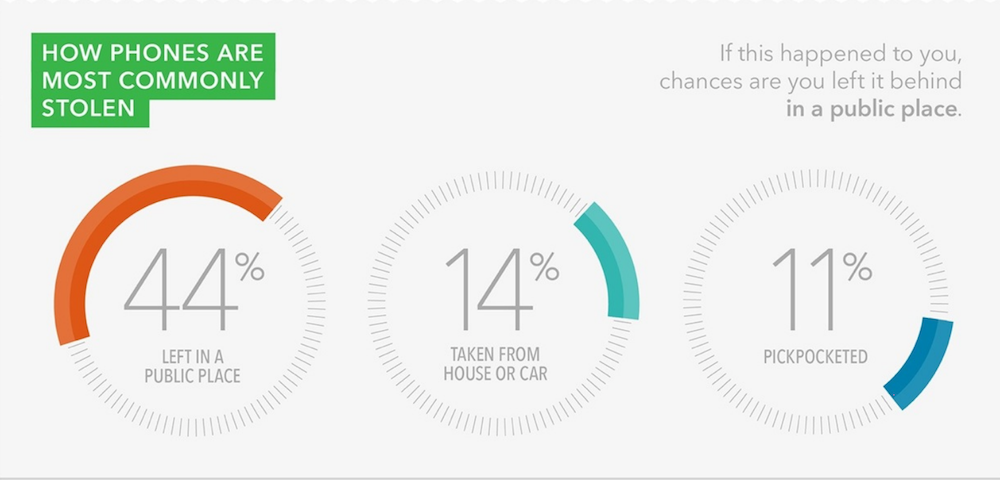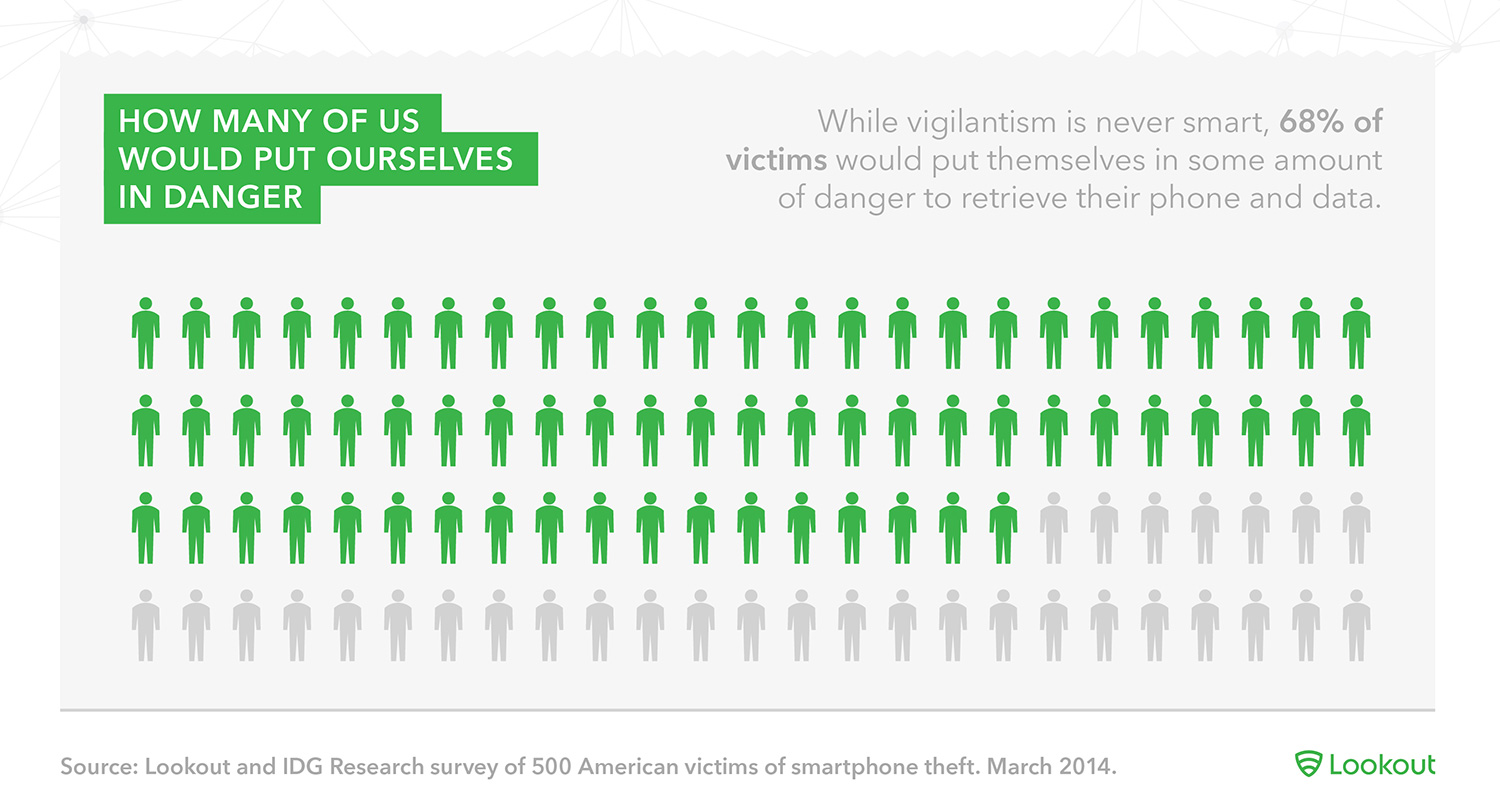Do We Need a “Kill Switch” Law?
Yesterday, a new law went into effect in California that will require all smartphones manufactured after July 1, 2015 to have a “kill switch” that allows users to remotely lock their devices and wipe them of data in the event they are stolen. While this date is still about one year away, the legislature has cited numerous reasons why other states should follow suit.
Reasons Other States Should Also Enact a “Kill Switch” Law
- Smartphone thefts account for up to 40% of robberies in many major cities across the country.
- Many smartphone robberies often turn violent with some resulting in the loss of life.
- The international trafficking of stolen smartphones by organized criminal organizations has grown exponentially in recent years because of how profitable the trade has become.
For the “kill switch” law to be effective, California lawmakers believe the anti-theft solutions need to be ubiquitous so thieves cannot detect them. And while California is only the second state to adopt such anti-theft legislation (the other being Minnesota), it’s expected that manufacturers will start implementing the “kill switch” feature on all their devices regardless of which state they’re sold in.
Apple has already added a feature called Activation Lock into iOS 7 and both Google and Microsoft are introducing similar functionality in upcoming operating systems. Soon, stealing a smartphone will be a lot less profitable but it may not be enough to stop the crime completely.
Smartphone Theft is a Pandemic
Last year, 3.1 million Americans had their smartphones stolen. And because these devices have essentially morphed into an all-in-one storage solution for our entire digital life, owners are willing to take drastic measures to get them back. Whether it’s paying thousands of dollars or giving something else in return, victims are putting their life in danger every time they negotiate with a thief — and it happens every day.
It’s estimated that 113 cell phones are lost or stolen every minute in the United States. This number translates into millions of potential dollars for thieves and has contributed to smartphone theft becoming a very lucrative business all around the world. The average price of an iPhone in America is only $581, but it can fetch over $1,000 in countries like Brazil, Jordan, Turkey, Romania, Greece and Hungary. Smartphones are more than just gadgets; they’re also currency.
Because the number of smartphone thefts in America nearly doubled between the years of 2012 and 2013, this means you or someone you know has probably had their smartphone stolen. Unfortunately, stealing a smartphone is also very easy. In fact, it’s almost too easy.
Smartphones are Perfect Targets for Thieves
According to a recent survey conducted by Lookout Mobile Security, 44% of smartphones are stolen because the owner left it behind in a public setting. Only 11% of smartphones were pickpocketed and 14% were burglarized from a car or house. Simply put: Smartphone owners play a huge role in the growing smartphone theft trend.
Because we take our smartphones everywhere we go, it also means we can lose them anywhere. Our apartment building, the grocery store, our favorite restaurant, and even our workplace are all potential places we can get our smartphone stolen. And while it may seem logical to just “keep the phone in our pocket,” this is easier said than done.
We use our smartphones for everything. Taking pictures, texting friends, checking email, shopping online, paying bills; the list goes on and on. Smartphones are attractive to thieves because all that personal information on one device means it’s worth a lot of money to the owner. And while the “kill switch” law will make it less profitable to steal smartphones in California, it’s probably not enough to stop the crime completely.
You Still Need to Protect Yourself
Criminals steal things with anti-theft functionality all the time and it’s never enough of a deterrent. Even if you never take your phone out of your pocket, anyone can come up to you and demand you hand it over. With so much personal information on your smartphone, there are several other measures you should take along with using the “kill switch” feature.
Simple Tips to Safeguard Your Phone
- Regularly backup all your photos and important information to the cloud and to an external hard drive. Don’t rely on only one of these solutions.
- Along with having a password to unlock your phone, don’t save any passwords for apps or websites. This is especially necessary if you use your phone for online shopping or banking.
- Limit your phone use while in public. This may seem impossible, but because most phones are stolen after being lost, it’s important to only use it when you really need it.
- Use apps like Find My iPhone and Android Device Manager to locate your phone in case it’s stolen. Don’t go get it when you find it. Instead, call the police and let them do their job.
Some of these tips are clearly no-brainers, but you’d be surprised to know how many people don’t do any of this. More than 30% of people don’t even password-protect their mobile devices, and it’s safe to assume they probably don’t perform regular backups either. Some people are even willing to die in order to get their smartphone back from a thief.
Relying on a manufacturer to protect your privacy is never a good idea because in the end, you’re the only one who really cares about losing your data. While the “kill switch” law may deter some smartphone thefts, it won’t be able to completely protect owners. If you really want to be safe, take the time to perform the simple steps listed above and have some peace of mind in case your smartphone is stolen. In the end, you may have to buy a new smartphone, but that’s a lot cheaper than your losing your life.








